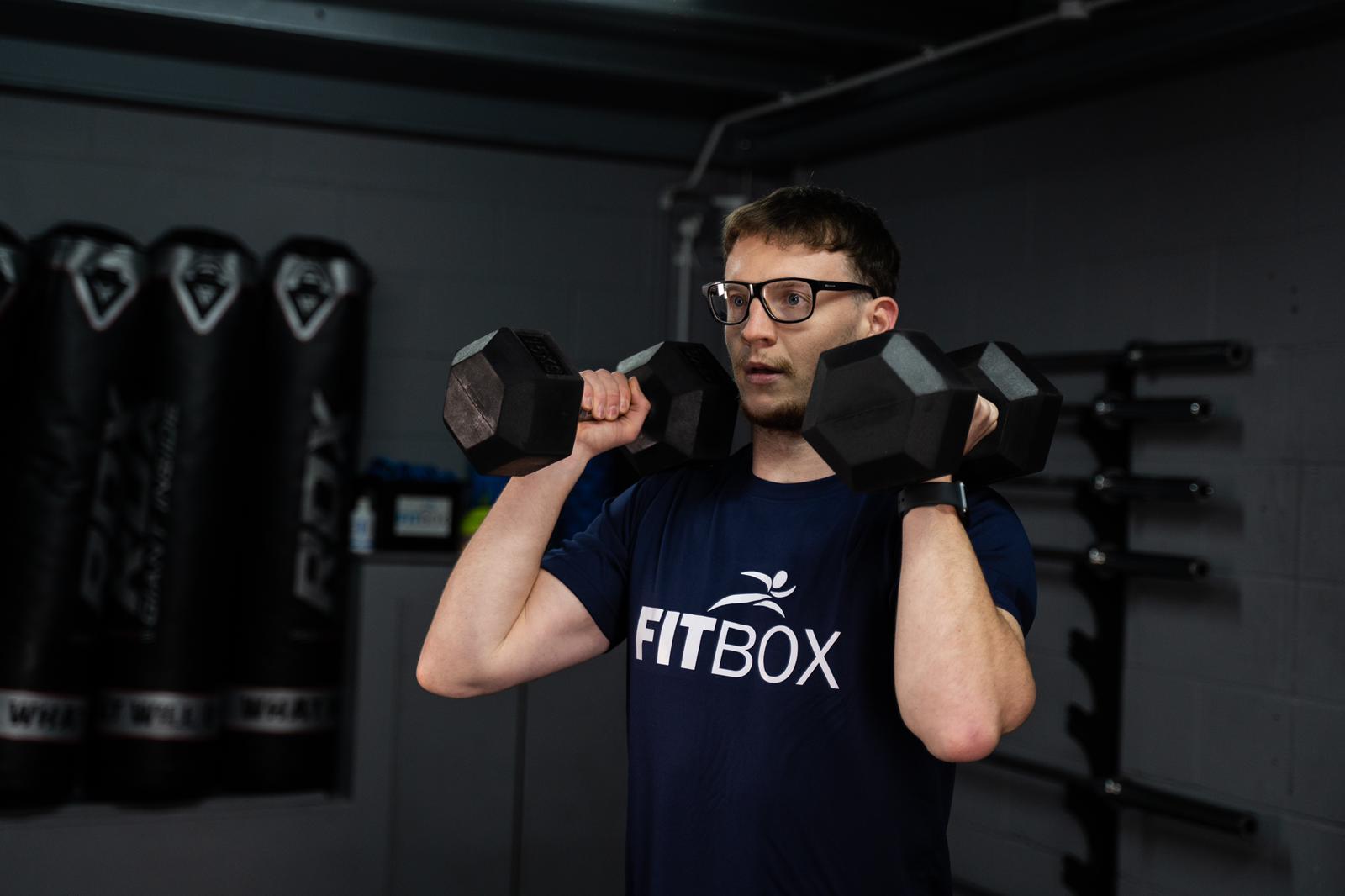
05 Nov Training at Home
Training at home can be tricky and it might not seem like it but even with limited or no equipment, you can still make progress towards your physique goals. All it takes is a little bit of know how, thinking outside the box, and the want to get it done.
For the majority of us the biggest challenge when training at home is that equipment can be very limited. However, I’m sure that if you looked hard enough you would be able to find some old dumbbells or a kettlebell that you have lying around. If not, resistance bands or even a TRX are great pieces of kit that you could use. Now, if for whatever reason you can’t get hold of any equipment whatsoever, there are plenty of household objects you could use from; water bottles, the classic tins of beans to a backpack weighed down with books.
In general, at home training can be very limited, less stimulative and less fatiguing so try altering your exercise selection. Due to the lack of equipment you’re probably not going to be able to train Chest-Monday, Back-Tuesday etc or even a ‘Push, Pull, Legs’ split so try using full body sessions. Training upper and lower body together is going to take more effort, making your sessions harder and if you’re training full body 3x a week, you will train each body part 3x a week which will get you better results! Another simple method you could use is to simply increase the number of exercises you perform per workout, increasing the length of time you actually train for. Or finally, utilise single arm/leg exercises; unilateral exercises can help improve muscular imbalances and help improve strength by having to stabilise whilst working one side at a time.
Again, most of us will be using less weight than we usually would in the gym due to our lack of equipment. Resistance training is one of the key factors when it comes to muscle growth and when we are dieting it helps prevent muscle loss which helps give us that lean and toned appearance. Due to the lack of weight, therefore resistance, at home we need to train much closer to failure to get the same effects, so use a much larger rep range of 5-30 reps per exercise. Also try using slow eccentrics (lowering phase of a movement), slow concentrice (lifting phase of a movement) and pauses. Lastly, you could use shorter rest periods, giving your muscles less time to recover before having to work again, increasing muscular fatigue.
Perform whatever variations you like or can but here is a simple two day split for you to give a go:
Day 1
1. 3×5-30 Squat
2. 3×5-30 Horizontal Push
3. 3×5-30 Hip Hinge
4 3×5-30 Vertical Pull
5. 3x30sec Core
6a. 3×5-30 Accessory (Bicep/Tricep/Delt)
6b. 3×5-30 Accessory (Bicep/Tricep/Delt)
Day 2
1. 3×5-30 Bridge
2. 3×5-30 Vertical Push
3. 3×5-30 Lunge/Step-up
4. 3×5-30 Horizontal Pull
5. 3x30sec Core
6a. 3×5-30 Accessory (Quad/Ham/Glute)
6b. 3×5-30 Accessory (Quad/Ham/Glute)
If you’re ready for change fill out the contact form for your introductory session!


